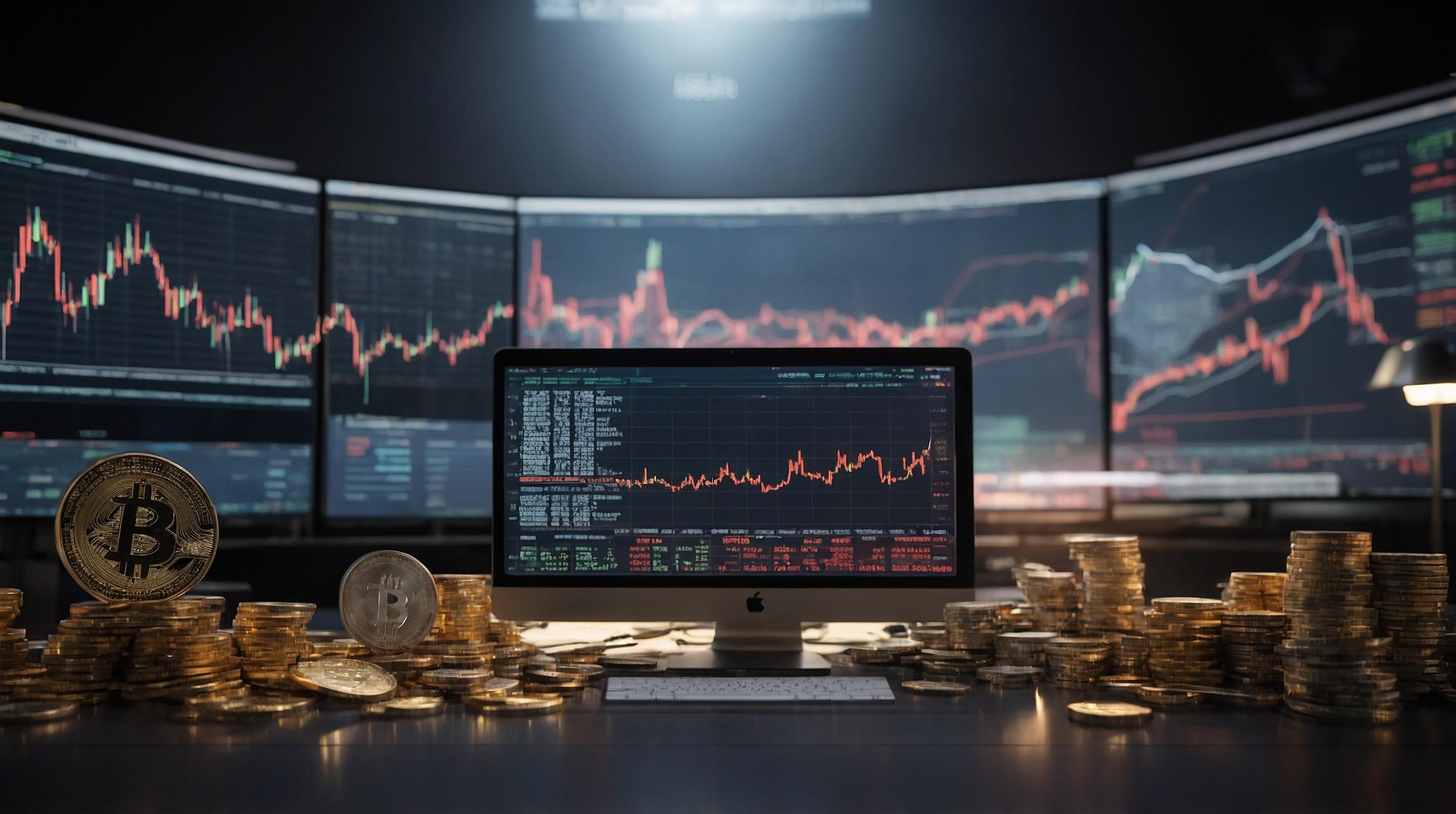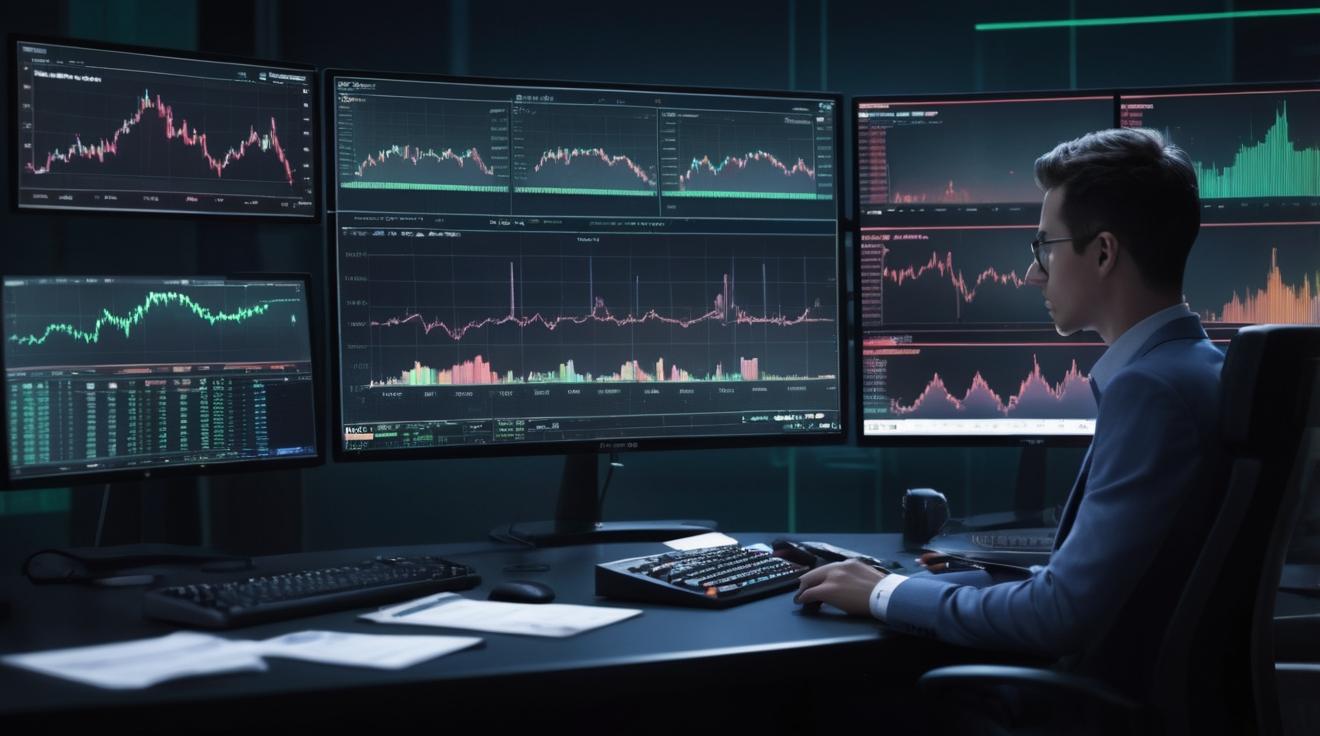Understanding Membrane Separation Technology
Membrane separation technology is a process used to separate particles based on size and characteristics using a semi-permeable membrane. This technology is rapidly growing due to its applications in water treatment, food and beverage processing, and pharmaceutical industries.
Market Growth and Predictions
According to a report from Exactitude Consultancy, the global membrane separation technology market is expected to grow from USD 110.2 billion in 2020 to over USD 290.89 billion by 2029. A compound annual growth rate (CAGR) of 10.6% is projected, indicating robust expansion driven by increased demand for efficient water purification methods and stringent environmental regulations.
Driving Factors in the Market
The food and beverage industry is a significant driver of this market, using technologies like reverse osmosis and ultrafiltration to ensure product safety by removing contaminants from liquids such as milk and wine. Government mandates on food safety and environmental control significantly contribute to this.
Increased urbanization and industrialization in countries like India and China, coupled with the rising demand for clean water, are boosting the need for efficient separation technologies. Regulatory bodies such as the US FDA also recommend using these technologies to enhance water quality in food applications.
Key Technologies Explained
Reverse Osmosis (RO): Dominates the market due to its extensive use in residential and industrial settings to remove impurities from water. For example, many households use RO systems to purify drinking water.
Microfiltration (MF): Typically used for municipal water treatment, it acts as a pre-treatment step in desalination processes. Think of it like using a colander to strain spaghetti, but on a microscopic level.
Ultrafiltration (UF): Known for a high recovery rate, it's efficient for wastewater treatment and is gaining popularity as a water conservation method in homes.
- Nanofiltration (NF): Sits between UF and RO, effective for specific organic molecule filtration, less so for salts. Picture it as a fine sieve, catching certain particles while letting others pass.
Applications of Membrane Separation Technology
The water and wastewater treatment sector is the largest user, driven by regulations that enforce proper treatment and disposal methods. Industries are adopting these solutions to meet environmental standards.
In the pharmaceutical sector, the need for clean water in drug manufacturing and stringent regulations are increasing the adoption of these technologies. Growth in healthcare and rise in chronic diseases are further propelling this demand.
Regional Market Insights
Asia Pacific: Leads the market, expected to grow significantly due to rapid industrialization and environmental initiatives in countries like China and India.
North America: Anticipated to see substantial growth thanks to strict environmental standards and a booming food and beverage industry.
Europe: Regulations like the Federal Wastewater Charges Act in Germany encourage industries to adopt these technologies to reduce pollution.
- Central & South America: Investment in mining and oil exploration is increasing, necessitating advanced water treatment solutions.
Key Players in the Market
The competitive landscape includes key companies like SUEZ, Merck KGaA, DuPont, and 3M. These players are investing heavily in R&D to offer innovative and compliant solutions for various industries.
Conclusion
The growth of the membrane separation technology market is fueled by the need for clean water, environmental sustainability, and safe food and pharmaceutical products. As industries worldwide face increasing regulatory pressures, the adoption of these technologies is becoming essential.













